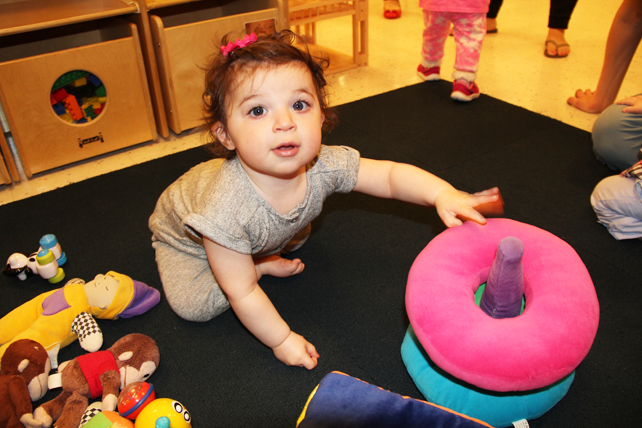Limit Setting for Young Children

SHARED by: Keri Young, Director of The Parenting Group
It’s not easy being parent, it takes loads of patience and even more self-control. When parenting young children you find yourself trying to control situations that are really out of your hands. Young children are testing their environments and figuring out the way the world works. They are learning how to problem solve and don’t always have the language to tell us what is frustrating them. This leads to temper tantrums and misbehavior which ultimately leads parents in the position of setting limits for the child.
Although it is often complicated and parents need to do what is most comfortable for them, the following are some tips to set limits for your child and hopefully get the results you desire…
- Make sure that the rule you are establishing is age appropriate. There should be different rules and expectations depending on the age of the child.
- Make sure that if you set a rule and it is broken, the consequence is immediate. Telling a child that something isn’t okay and then not doing anything until later is not effective. Young children have short memories and are unable to remember a broken rule from early in the day.
- Make sure that you give your child chances to do the right thing. This can be done through prompts and reminders. Try and set up your child for success!
- Make sure that you are consistent, with yourself as well as other family members who will be caring for your child
- Make sure that there is a reason for setting rules and limits. Limit setting should be done as a way to teach your child how to be a successful member of society, not to prove to your child that you have control over him/her. Explain to your child why the limit is being set.
When caring for a young child, I like to use the phrase “take a break” when things get a little crazy or out of control. This shows that it’s not a punishment and there are no negative feelings toward sometimes needing to take a break. Everyone needs time to take a breather and refresh! Make sure that there is a safe and comfortable space for this break. Afterwards, help a child learn to soothe himself by talking about solutions to a problem. It is also important to talk about the child’s feelings. It’s okay to feel mad or frustrated sometimes but come up with some better ways to let out the anger and frustration. Maybe jump, or stomp, or squeeze hands together… In this way the child can feel like he is an active participant.
Nobody says it’s going to be easy and fun all the time. But we’re all in this together and if you stick with it, getting through daily routines with your child will get easier. And… I’m sure different challenges will be ahead









